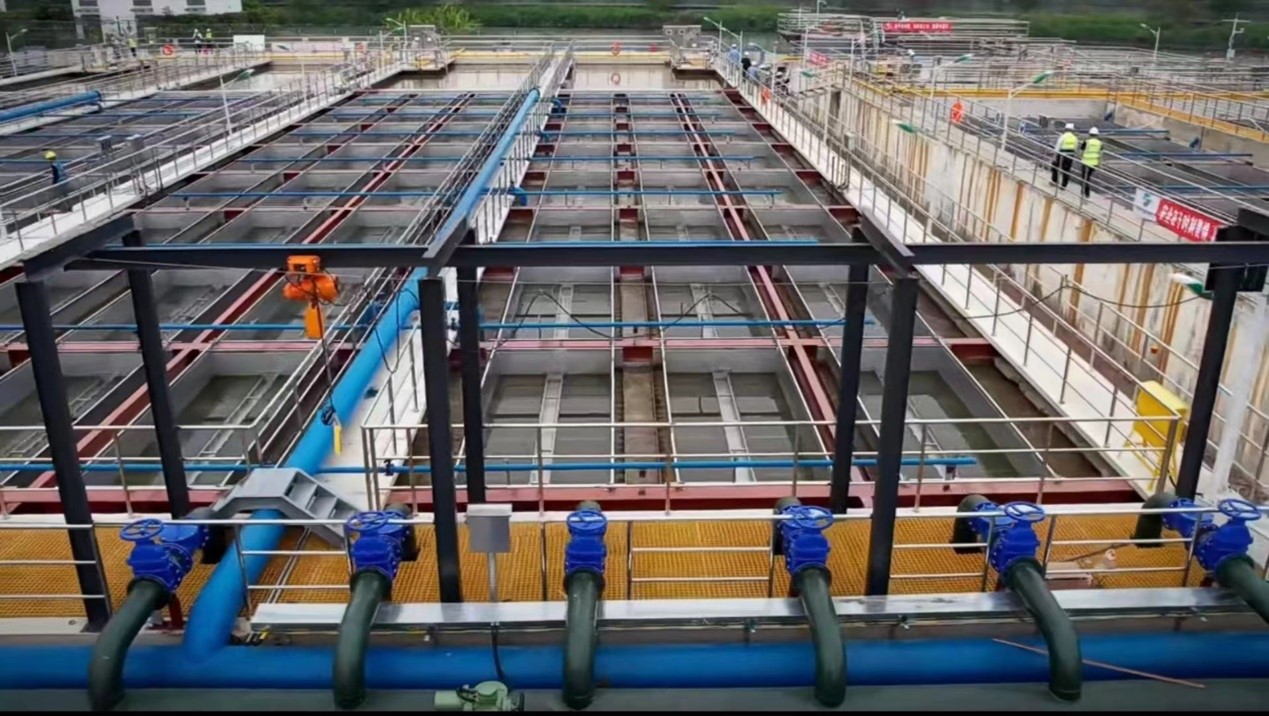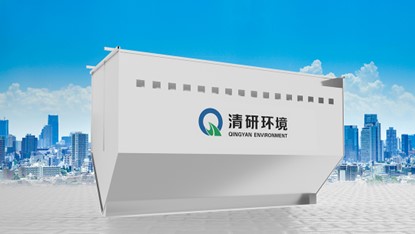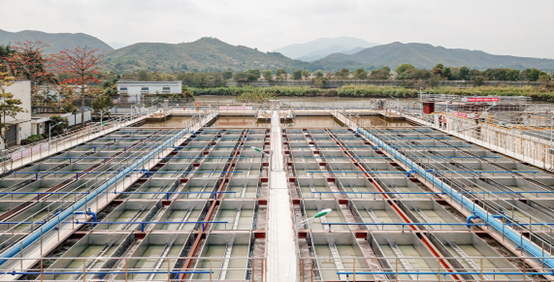An Innovative Solution to Upgrade Its Wastewater Treatment Capacity While Minimizing Space Requirements and Environmental Impact: the RPIR Biological Treatment Process
Shenzhen, a bustling metropolis on China’s southern coast, faces a challenge familiar to many rapidly developing cities- wastewater treatment. As the population grows and industries thrive, the volume of wastewater increases, putting a strain on existing infrastructure. Traditional wastewater treatment plants, often large and costly, require significant land resources, a scarce commodity in densely populated urban areas. Shenzhen, committed to sustainable development, sought an innovative solution to upgrade its wastewater treatment capacity while minimizing space requirements and environmental impact. The answer lay in a new generation of wastewater treatment technology. This technology, known as RPIR, promised to revolutionize the way cities approach wastewater management. By integrating advanced engineering and biological processes, RPIR offered a compact, efficient, and sustainable solution to meet Shenzhen’s growing wastewater treatment needs. The city’s Binhe Water Purification Plant became a testing ground for this cutting-edge technology, showcasing its potential to transform urban water management. The Binhe project represented not just an upgrade to Shenzhen’s wastewater treatment capacity but a commitment to innovation and environmental responsibility. By embracing RPIR technology, Shenzhen aimed to demonstrate the viability of advanced wastewater treatment solutions for cities facing similar challenges. The project’s success would have implications far beyond Shenzhen, potentially influencing wastewater treatment practices globally.

The Shenzhen Binhe Water Purification Plant stands as a testament to the city’s forward-thinking approach to wastewater treatment. The plant, designed to handle a significant portion of the city’s wastewater, incorporates the innovative RPIR technology. This choice reflects Shenzhen's commitment to adopting cutting-edge solutions for its growing infrastructure needs. The Binhe plant’s construction marked a significant step forward in Shenzhen’s efforts to meet its environmental sustainability goals. By significantly increasing the city’s wastewater treatment capacity, the plant directly addresses the challenges posed by rapid urbanization and industrial growth. The plant’s efficient and sustainable operation aligns with Shenzhen’s vision for a greener and more livable city.

At the heart of the Binhe plant’s efficiency lies the revolutionary RPIR technology. RPIR, which stands for Rotating Packed bed Integrated Reactor, represents a paradigm shift in wastewater treatment. This advanced biological treatment process utilizes a rotating packed bed to enhance the efficiency of wastewater treatment. The rotating packed bed creates a highly turbulent environment within the reactor. This turbulence enhances the contact between wastewater, microorganisms, and oxygen. This enhanced contact accelerates the biological processes that break down pollutants in the wastewater.
One of the key advantages of RPIR technology lies in its adaptability to existing wastewater treatment systems. The compact design of the RPIR system allows for its integration into existing treatment plants without requiring extensive modifications. This feature makes it an ideal solution for upgrading aging infrastructure or expanding capacity within limited space constraints. The integration of RPIR technology into the Binhe plant involved minimal disruption to the existing treatment processes. The modular design of the RPIR system facilitated a phased implementation, allowing the plant to continue operating during the upgrade. This seamless integration minimized downtime and ensured a smooth transition to the enhanced treatment capacity.

The RPIR technology employed at the Binhe plant offers significant advantages in terms of space and cost efficiency. Traditional wastewater treatment plants typically require large areas of land, a precious commodity in densely populated cities like Shenzhen. The compact footprint of the RPIR system drastically reduces the land area required for wastewater treatment. This space efficiency translates into substantial cost savings. The reduced land requirements minimize capital expenditure on land acquisition. Additionally, the RPIR system's lower energy consumption further contributes to its cost-effectiveness. The Binhe plant serves as a prime example of how RPIR technology can help cities achieve more sustainable and economically viable wastewater treatment solutions.
 LOADING...
LOADING...
 DATE:2024年06月04日
DATE:2024年06月04日


